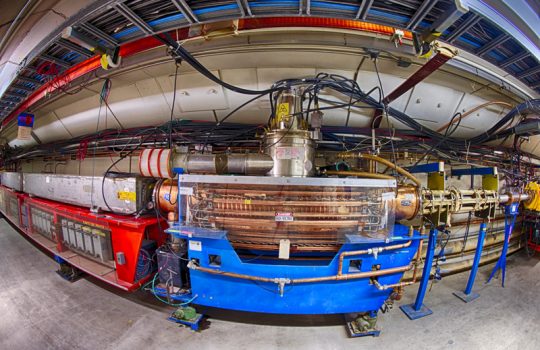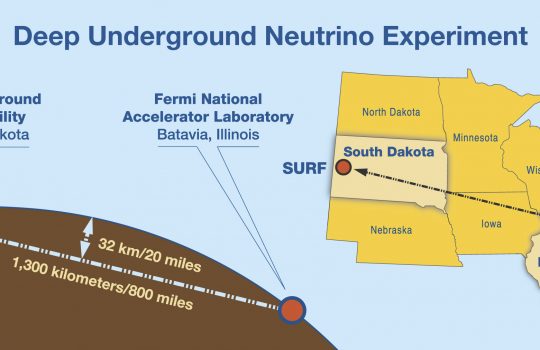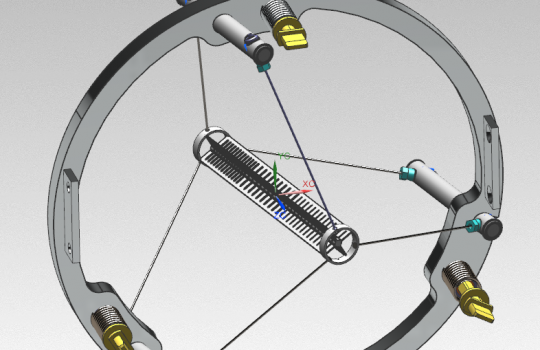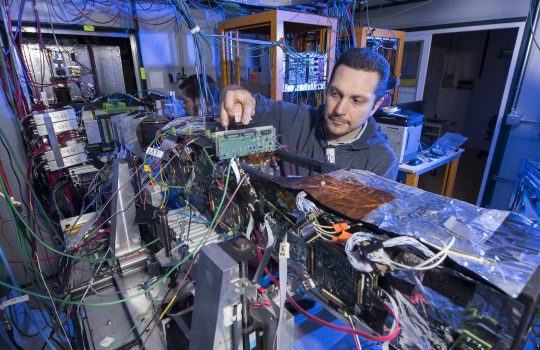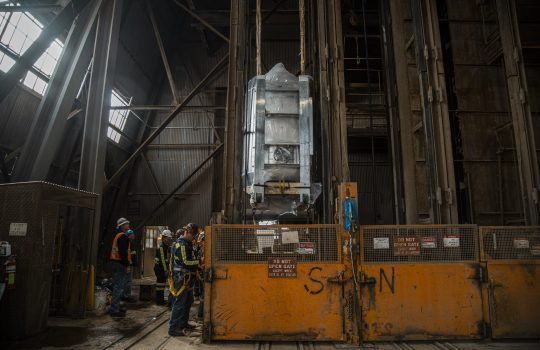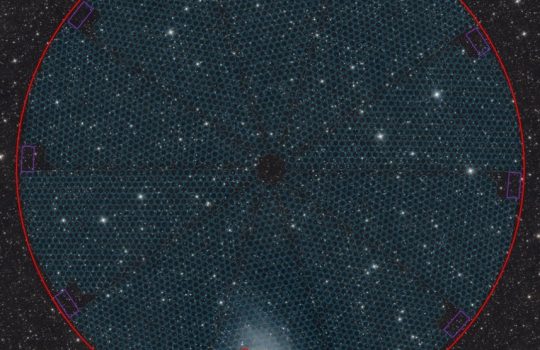Fermilab, international partners break ground on new beamline for the world’s most advanced neutrino experiment
- Deep Underground Neutrino Experiment
- DUNE
- dune-international
- international engagement
- LBNF
- Long-Baseline Neutrino Facility
- neutrino
With a ceremony held today, Fermilab joined with its international partners to break ground on a new beamline that will help scientists learn more about ghostly particles called neutrinos. The beamline is part of the Long-Baseline Neutrino Facility, which will house the Deep Underground Neutrino Experiment, an international endeavor to build and operate the world’s most advanced experiment to study neutrinos.


